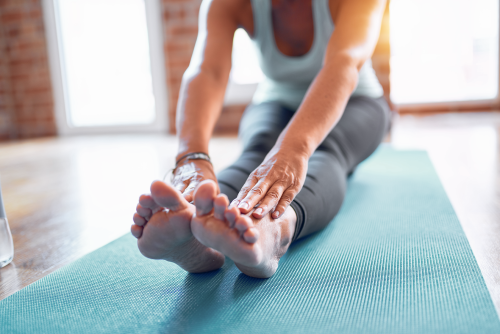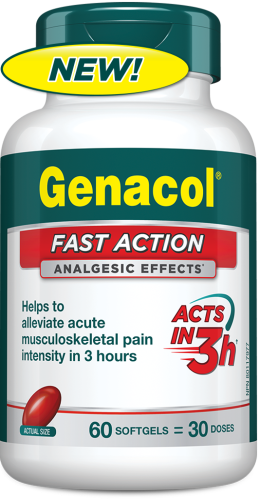Natural Solutions for Reducing Musculoskeletal Pain
Rest
In the case of acute pain related to trauma, strain or body aches related to physical exercise, or intense work, rest is often the first remedy prescribed. It effectively allows cellular repair of damaged tissues and gives the body time to reduce inflammation.
Beyond a certain duration, however, this solution reaches its limits and could even exacerbate the pain. Let us think of back and lumbar pain, which prolonged inactivity could increase. In this case, we must look for active solutions to manage the musculoskeletal disorders (MSD) that causes the pain.
Targeted Exercises for Stronger Muscles

To protect the body’s various anatomical structures, the muscles supporting them should be strong. Therefore, in the case of an MSD, supervised muscle-strengthening exercises are often prescribed. From this perspective, consulting a professional, such as a physiotherapist, is a good idea.
To give a concrete example, exercises to strengthen the abdominal and lower back muscles can increase their ability to protect the lumbar vertebrae, or the bottom of the spine, in a good position. This helps prevent and control pain affecting the lower back.
Manual and Complementary Therapies
Manual therapies come from several disciplines, such as physiotherapy, osteopathy, chiropractic, and massage therapy. They include body manipulations, which have several benefits for controlling pain. Let us think of the increased blood circulation, which promotes the oxygenation of the tissues, the reduction of muscle tension, the increase in the range of motion, etc.
Combined with strengthening exercises and a healthy lifestyle, manual therapies can provide concrete benefits for managing MSDs.
Increased Flexibility

While strong muscles help stabilize joints, good flexibility promotes a wide range of motion. In addition, performing regular stretches also helps reduce muscle tension.
To increase flexibility and gain suppleness, targeted stretching exercises can be prescribed, as is the case for strengthening exercises. Certain disciplines, such as yoga and Pilates, can also have concrete benefits for increasing flexibility.
Healthy Life Habits
Lastly, we must not overlook the impact of adopting healthy lifestyle habits to prevent musculoskeletal pain. Healthy lifestyle habits help maintain a healthy weight, offset a sedentary lifestyle and prevent many health conditions, including MSDs. In addition, they promote physical and psychological well-being.
Here are Some General Tips:
Practice 30 minutes of moderate to intense physical activity at least five times a week
Walk every day to offset a sedentary lifestyle
Adopt a healthy diet rich in fruits, vegetables, lean proteins, seeds, and nuts
Limit the consumption of processed or ultra-processed foods, which can promote inflammation in the body
Drink at least 2 litres of water every day
Sleep 7 to 8 hours every night
Limit alcohol consumption and avoid smoking
Adopt ergonomic postures daily, especially at work
Through these different solutions, know that the expertise of a health professional can help you determine the cause of your musculoskeletal disorder and guide you in the solutions adapted to it.

 Although many solutions exist to relieve occasional or chronic musculoskeletal pain, sometimes we need a helping hand to reduce its intensity!
Although many solutions exist to relieve occasional or chronic musculoskeletal pain, sometimes we need a helping hand to reduce its intensity!